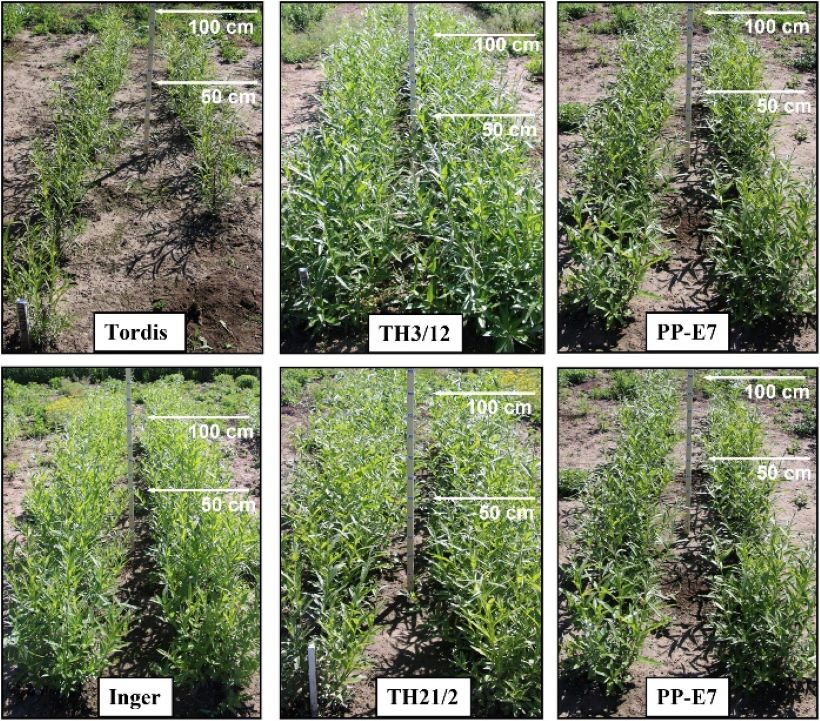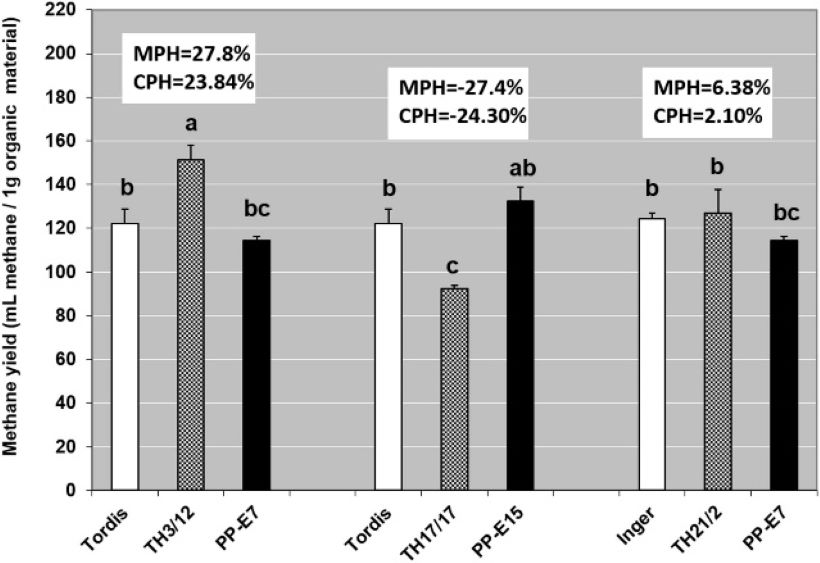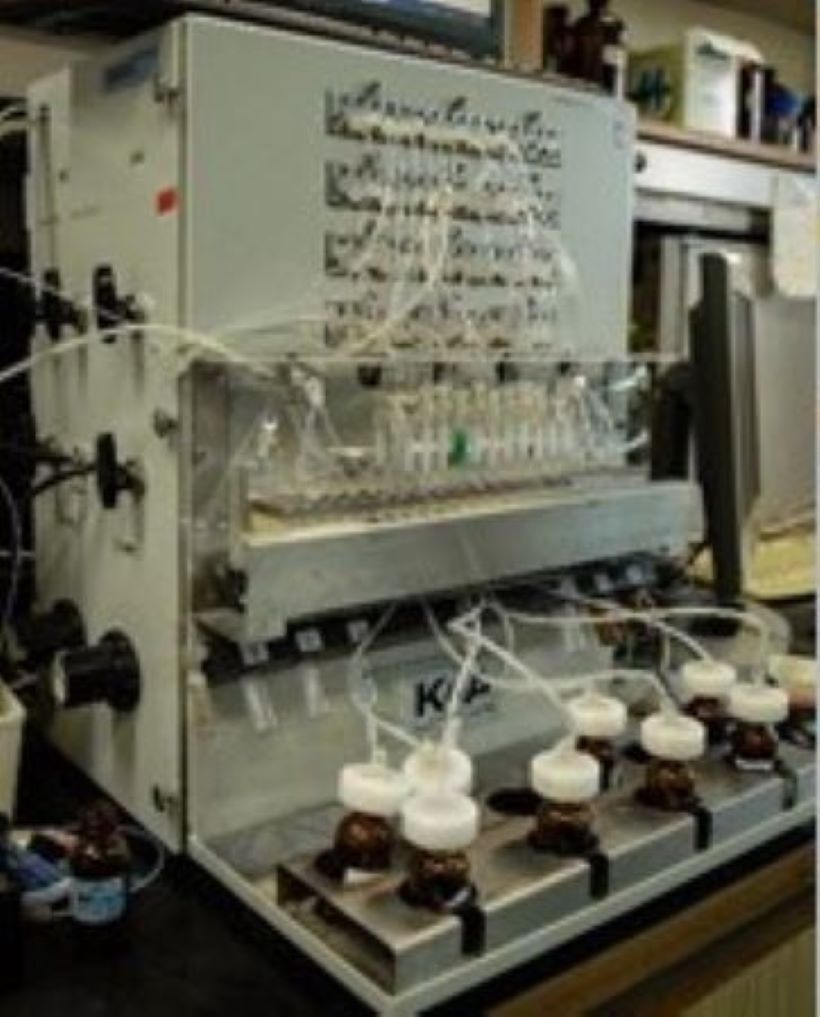
The recent progress in targeted gene editing has opened new area in discovery molecular biology of plant functions and in supporting plant breeding. The sustainability of agriculture and the mitigation of the effects of climate change increasingly force the introduction and application of the latest methods developed for improving the properties of plants.
1. Functional characterization of genes involved in drought tolerance responses of maize by gene specific mutagenesis
Silencing of defined maize gene can result in altered metabolism causing increased adaptation to limited water supply.
According to one of our approaches, we synthesize short fragment of the targeted gene which encodes the mutations that will provide the desired property, we introduce these molecules to maize protoplasts (Ref1), calli, shoot meristems (Ref2) or embryos, and with the help of the repair proteins of the maize cells, the desired change will take place. We aim to increase the efficiency of this method for its application in maize breeding.
 |
The other approach is the development of a precise, efficient gene insertion-free method based on the CRISPR/Cas9 system for difficult-to-modify maize genotypes. The goal of our research is to produce genetic material that has increased drought tolerance, and since it does not carry foreign genes, it can therefore be used in the breeding program of Kiskun Kutatóközpont Kft. These research topics are carried out within the framework of the National Laboratory of Agricultural Biotechnology and Precision Breeding for Food Safety (RRF-2.3.1-21-2022-00007) (https://www.agri-biotech.hu/hu/kutatasi-teruletek/).
Regeneration (A) and growth (B, C) of the transformed and potentially precisely mutated maize plants
2. Genetic and developmental biological regulation of green and woody biomass yield of energy willow
Energy willow (Salix viminalis) plants can play a key role in mitigating climate change processes by being used as a raw material for biogas production (Ref3) by utilizing low-quality and saline soils. The condition for successful application is to know the genetic and developmental biological processes behind the desired functions, and to improve their efficiency at the same time. We previously proved that doubling the chromosome set of willow plants and producing tetraploid plants increases the efficiency of photosynthesis, CO2 uptake, the thickness of the bark and wood layers in the woody stem (Ref4) and we reported the better salt tolerance of tetraploid genotypes (Ref5).
In order to take advantage of the heterosis effect, we created triploid willow breeding materials by crossing our promising tetraploid genotypes with diploids and characterized their improved salt tolerance (Ref6) and the increased biomass and biogas yield (Ref7) (2020-1.1.2-PIACI-KFI-2020-00117).


Increased growth, biomass, and methane production of the triploid willows compared to the diploid and tetraploid ancestors.

Improved salinity stress adaptation of the triploid hybrids with 1.5 and 2 g kg-1 NaCl content of the soil.
3. Synthesis of chemically modified DNA and RNA oligonucleotides

From the gene silencing to editing, from medicine to plant breeding, chemically produced DNA and RNA molecules are of fundamental importance. In close cooperation with the Nucleic Acid Laboratory of the USZ Institute of Medical Chemistry as a unique team in Hungary, we provide DNA and RNA oligonucleotides with the optimal structure for a wide variety of research topics. (Ref8-10)
As a service, in addition to the synthesis of native DNA and RNA oligonucleotides, we also undertake the incorporation of chemical modifications, such as phosphorothioate bonds, fluorescent labels, LNA modifications, 2´-Ome and 2´-MOE nucleotides
.DNA and RNA synthesizer
Selected publications:

research associate

research professor emeritus

senior research associate

scientific adviser, guest researcher

research associate

research assistant

laboratory assistant

junior research associate

PhD student

junior research associate

PhD student
 Györgyi FERENC
Györgyi FERENC
|
research associate | Publications | CV |
 Dénes DUDITS
Dénes DUDITS
|
research professor emeritus | Publications | CV |
 Ferhan AYAYDIN
Ferhan AYAYDIN
|
senior research associate | Publications | CV |
 Sándor MÓROCZ
Sándor MÓROCZ
|
scientific adviser, guest researcher | Publications | |
 Bettina ZOMBORINÉ NAGY
Bettina ZOMBORINÉ NAGY
|
research associate | Publications | CV |
 Zoltán ZOMBORI
Zoltán ZOMBORI
|
research assistant | Publications | CV |
 Katalin TÖRÖK
Katalin TÖRÖK
|
laboratory assistant | Publications | |
 Nikolett LÁSZLÓ
Nikolett LÁSZLÓ
|
junior research associate | Publications | CV |
 Namira Nur ARFA
Namira Nur ARFA
|
PhD student | CV | |
 Szabolcs TÖRÖK
Szabolcs TÖRÖK
|
junior research associate | Publications | CV |
 Bence VARGA
Bence VARGA
|
PhD student | Publications | CV |